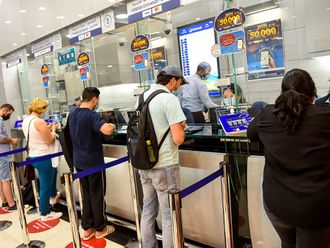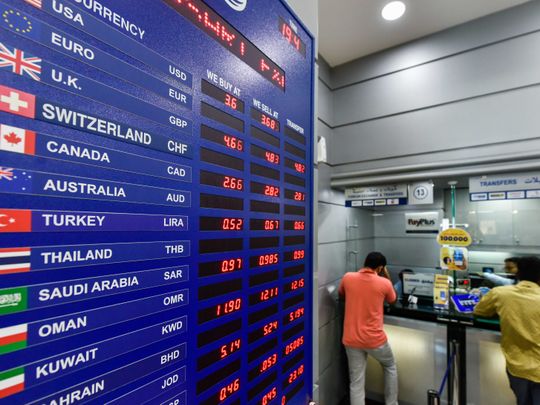
Dubai: Remittances from the UAE were seeing an uptick as several, particularly South Asian currencies, lost a bit of momentum and recorded remittance-beneficial rates in the past few weeks. But will the currency trend continue in the coming month?
While the Pakistani rupee is expected to stay steady against the UAE dirham, the Philippine peso and the Indian rupee are seen strengthening further in the weeks to come. Here’s how you can take advantage of these remittance-beneficial rates and when.
Will your currency back home rise or fall in July?
When it comes to sending money back home, it is vital to know whether it is currently an ideal time to remit. To understand whether it is or isn’t, one should first find out if your currency back home is expected to rise or fall in the days to come. Check live forex rates here.
Here is an analysis of how the aforementioned currencies have been performing and expected to perform in the coming weeks and month, to help understand whether remitting money now is profitable or cost-effective, or should you wait it out for a few weeks for a better rate to come along.
Indian rupee value to rise further soon, remit now
With the Indian rupee currently at 22.34 to the UAE dirham, the currency was at 82.05 against the US dollar. The Indian rupee fell to record low levels against the US dollar in 2022 but the currency briefly gained strength at the start of this year before slipping again. Now it’s seen rising again.
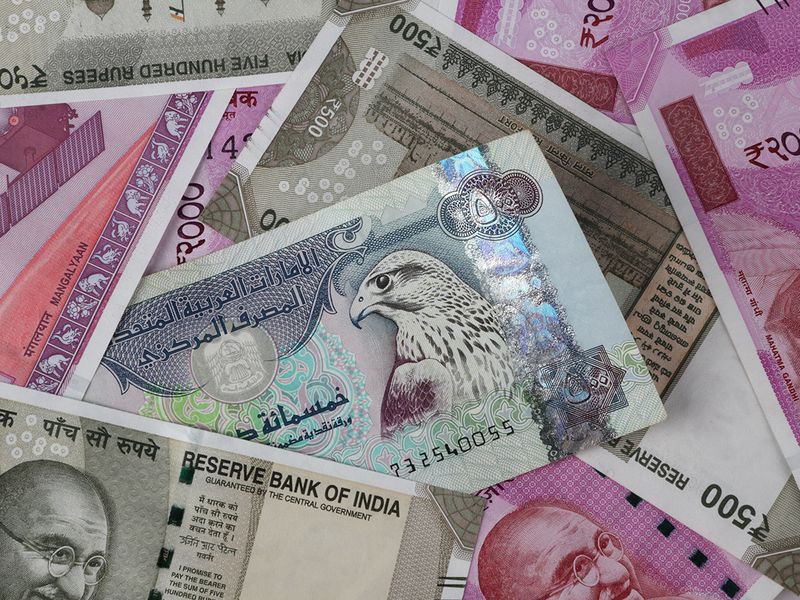
According to new research, the Indian rupee is expected to steady against the UAE dirham until the middle of next month when it is expected to stay at Dh22.3, before it ends the month at Dh22.1 – which is a slightly better position than the current levels of weakness the currency is at.
So it is financially prudent to remit any time between now and until the middle of next month, as you will get comparatively lesser Indian rupees for your UAE dirham’s worth by July-end or the start of August.
The current low month-end rates are expected to steadily rise from mid-July to the end of the month, ahead of rising further in August, current estimates revealed.
It is known that the Indian rupee has been choppy against the US dollar and the UAE dirham in the recent past. However, the volatility has been decreased in the last six months overall.
Pakistani rupee value to stay steady for now, remit soon
In Pakistan, the buying rate of the US dollar was currently 287.84 Pakistani rupee (78.37 versus UAE dirham). According to research, the Pakistani rupee value is expected to rise the most to 77.47 by mid-July against the UAE dirham, from the current levels, before dropping in value again.
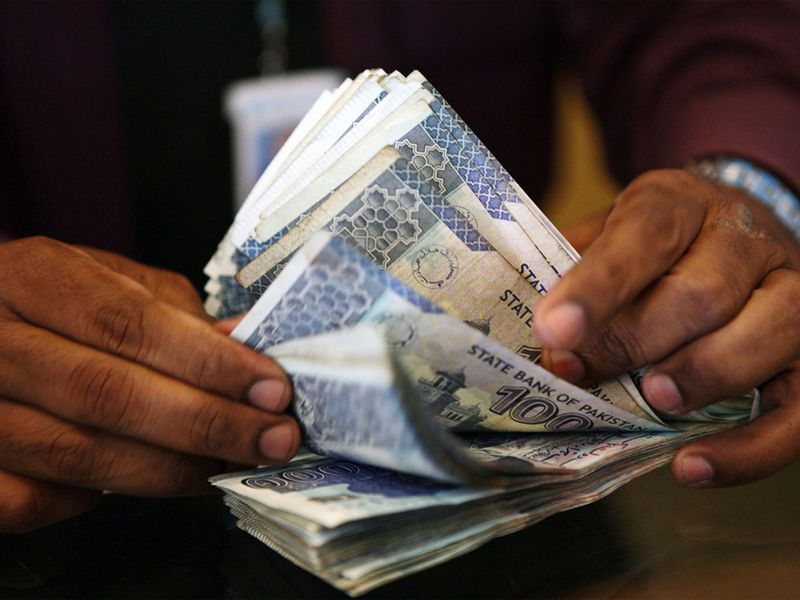
The currency’s value will slip slightly by the end of July and is seen steadying by the start of August. As the Pakistani rupee is expected to rise by the middle of next month, it would be profitable to either remit now, or wait until it drops next by the end of July.
The currency’s value is expected to hover at weaker levels of 78 over the next two months - which is roughly around the same levels of weakness the currency is at currently, before the value of the Pakistani rupee plunges even further in the months after.
The Pakistani rupee has been falling against the US dollar and the UAE dirham in the interbank currency market for the past six months. Since the start of 2023, the value of the currency has weakened by around 27 per cent.
Where is the Philippine peso headed in the weeks to come?
According to research, the value of the Philippine peso is expected to rise to 14.7 against the UAE dirham over the next 30 days – making it ideal to send money now as opposed to remitting by the end of next month.
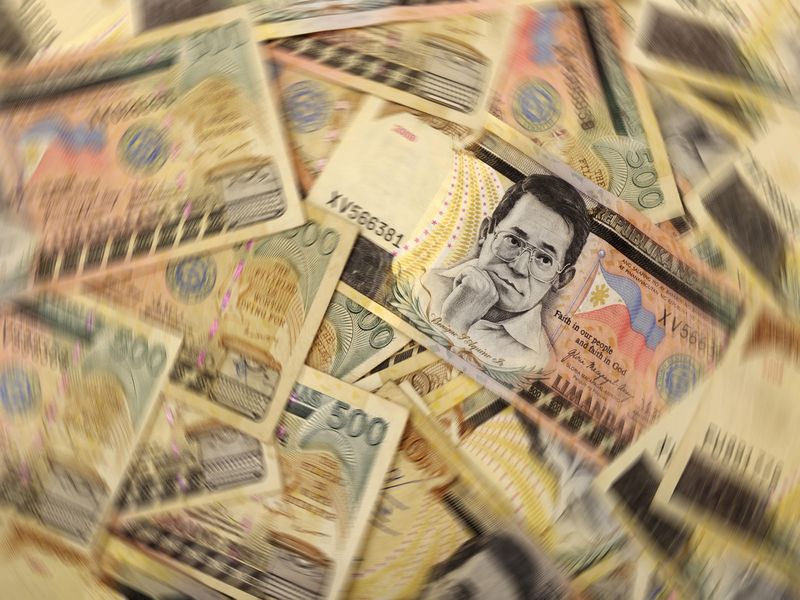
While a weaker peso would mean a better exchange rate for overseas Filipino workers (OFWs) who send money home in US dollars, or a currency pegged to the greenback, a stronger peso would mean that you will get comparatively lesser pesos for your UAE dirham’s worth next month back home.
With the peso currently at 15.06 to the UAE dirham, the currency was at 55.30 against the US dollar. The rates are expected to steadily rise in July to its highest value point of 14.7, and drop further in the months after, seen touching lows of 15.33 in August and September.
The average exchange rate of the Philippine peso against the UAE dirham in June is 15, so it would be cost-effective to remit now given that the value of the currency is expected to improve in July.
These include factors such as imports and exports, inflation, employment, interest rates, growth rate, trade deficit, performance of equity markets, foreign exchange reserves, and macroeconomic policies, inflow of investments, banking capital, commodity prices and geopolitical conditions.
A possible decline against the dirham is a reflection of the decline of the currencies' fall against the US dollar on which the UAE currency is pegged. However, if the US dollar weakens, the trends will reverse.
In other words, any weakness or strength in the value of your currency in your home country against the US dollar will be automatically reflected in its exchange rate with the UAE dirham as the UAE currency is pegged to the dollar.
Bottom line? In a nutshell, with the US dollar expected to weaken further in the months to come, the value of South Asian currencies could experience gains in the months ahead, as it has been the prevalent trend. This implies lesser money back home when you are remitting UAE dirhams.

_resources1_16a4a1613d8_small.jpg)



